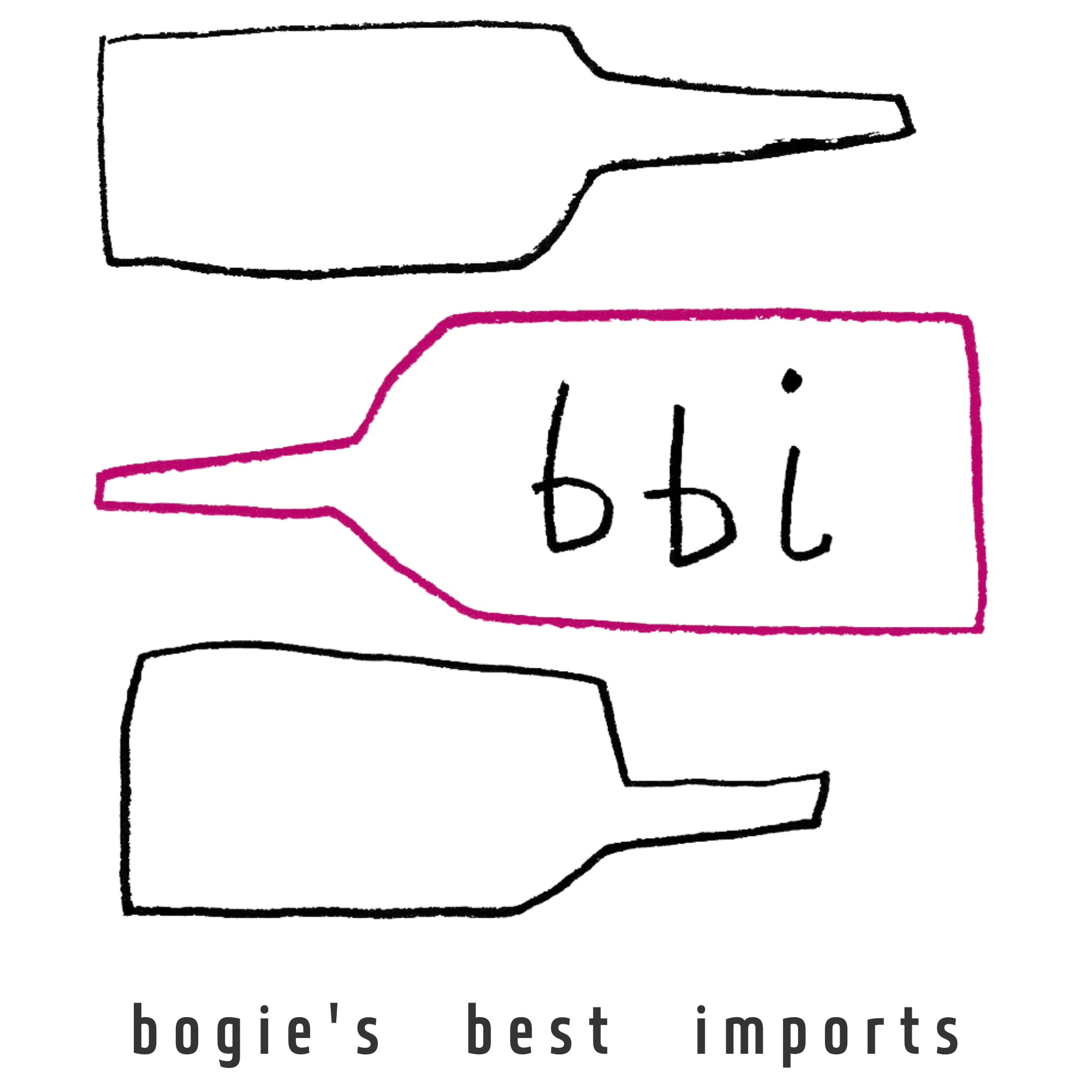roberto heniquez
Bío Bío & itata | chile
Roberto Henríquez studied agronomy and enology at the University of Concepción. From there, he travelled and worked with winemakers in Canada, South Africa and finally in the Loire Valley with René Mosse. René had a profound effect on Roberto’s perspective on winemaking and his progression into organic and biodynamic farming. Roberto, originally from Concepción, returned home after his time in abroad to begin making his own wine. Returning to the traditional Pipeño methods of the original winemakers of Chile felt intuitive to the winemaking style he had adopted. The rest of his story to present is pure progression to the pursuit of the purest wines in a true Chilean context.
chilean vine renaissance
Roberto Henriquez hunts down incredibly old vines (some of which are over 200 years old) in Itata and Bio Bio, his portfolio is all about lo-fi winemaking which gives a focus to the terroir and artisanal traditions of the south. He is a humble leader in Chile’s old vine renaissance.
He farms these old vines in Bío Bío and in Itata. All of his red wines come from the ancient Pais grape, and all are single-vineyard expressions of this very terroir expressive variety. The white or orange wines come from Semillon, Corinto (Chasselas) and Moscatel, varieties whose arrival in Chile postdates Pais, but was long enough ago that these vines are 90 or more years old . Roberto doesn’t own all of the plots that produce the wines on offer today, but he does manage all of the (organic) farming.
In the cellar, Roberto is focused on tradition. His winery features few ‘modern’ or industrial tools and is not temperature controlled. The white and red wines are made identically, just as they were in the past: all grapes are destemmed then allowed to ferment in tank (only indigenous yeasts) with the skins included. There are no pump overs, and the length of the skin maceration is determined by the length of the fermentation; once fermentation is completed, each tank is pressed.
plot diversity
Roberto works with how own vineyards as well as with growers of old vines in Bio Bio and Itata. The the vineyards are all typically small lots and dry-farmed with sustainable viticulture and have never been treated with agrochemicals. There is considerable soil diversity between the plots of vines that Roberto works with, and vine training is also variable. For example, the vines of Santa Cruz de Coya are head trained close to the ground whereas Riviera del Notro has vines trained at 1 metre high. The vines are all planted on hillsides and are in the coastal hills of Bio Bio and Itata, ranging up to 400 m.a.s.l..
Although uncertified, Roberto practices organic and biodynamic principals in the vineyard.




